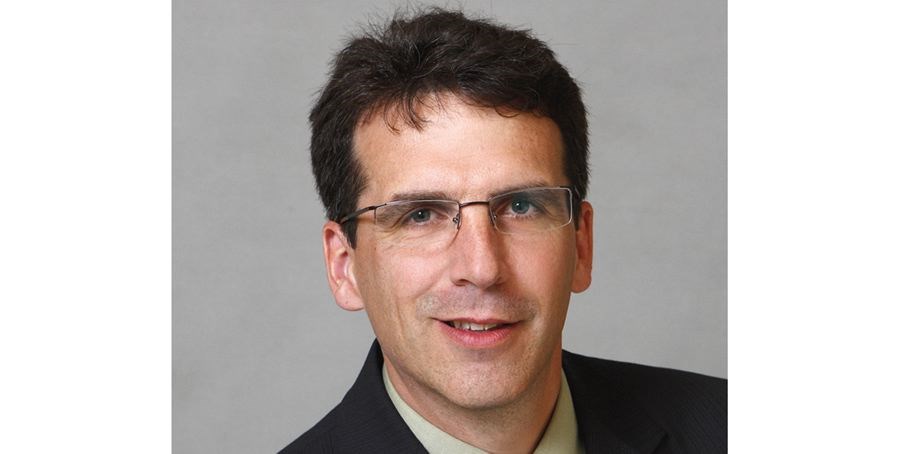In the 1970s, a new playground was under construction next to the existing one at my elementary school. Designed with towers and climbing walls and so on, it would replace the traditional swings and merry-go-rounds of the older generation.
Before the project began to take shape, a large truck load of sawdust and woodchips had been dumped next to the outgoing teeter totter. This created enormous fun for us young boys. Three or four of us would stand on top of the heap of sawdust, while a fifth boy would stand on the lowered end of the old teeter totter.
You can see where this is going.
At the count of three, the boys would jump in unison off the top of the sawdust heap and land on the raised end of the teeter totter. This would launch the boy at the other end several metres up into the sky, and land him somewhere on the sawdust pile, generally in reasonably good shape.
I tried being the Cirque du Soleil kid on the flying end of the apparatus, but found that it pulled the muscles in the back of my leg, and thought better of repeating the effort.
Most of the kids had the common sense not to try it at all, but my soon-to-be best friend Eddie seemed to delight in the risk. His mom had just given him a buzz cut the day before, and we had nicknamed him Eddie the (bald) Eagle, years before the Olympic fiasco of the same name.
Eddie could fly!
He took great pleasure in doing what the rest of us couldn't. More and more of us clambered to the top of the sawdust heap to send him higher and higher into the air. Teachers even joined in the spectacle, ignoring the risk of lawsuit and injury. The local seagulls seemed nervous, maybe even a little jealous. The only thing that eventually stopped us was we when broke the seat of the upper end of the see-saw, and made the whole exercise impossible to launch.
Like the playground raw materials, the surplus in your corporation might end up being used far differently than you originally envisioned. But with a little planning, this can all work to the good.
If the surplus in your company, or part of it, is not needed for your retirement plans, then these funds will mostly likely be passed on to the next generation, or to whoever you designate to receive it after you pass away. Some compelling ideas on how to best do this would use life insurance as an investment, rather than in its usual capacity as replacement of an income stream.
Estate enhancing insurance ideas - the corporate wealth transfer, and the corporate insured annuity:
A corporate wealth transfer works like this:
Your corporation applies for a permanent insurance policy that allows it to invest deposits in excess of the costs of the life insurance. These invested funds grow on a tax-sheltered basis.
Upon death, a non-taxable death benefit is paid to the company, which creates a Capital Dividend Account (CDA) credit calculated as the insurance proceeds received in excess of the policy's adjusted cost.
Your corporation then uses the proceeds from the life insurance to pay a dividend to your estate, the majority of which would be tax-free as a result of the CDA credit.
A corporate insured annuity ("back to back") works like this:
A portion of your corporation's fixed income investments are used to purchase 1) an annuity and, 2) life insurance.
The annuity income covers the cost of the insurance premium, and annuity tax, with any surplus adding your company's cash flow.
When you pass away, your company receives the tax-free death benefit from the insurance policy.
The excess of the death benefit over the adjusted cost of the insurance is credited to your corporation's CDA.
Your corporation then uses the insurance proceeds to pay a dividend to your estate, the majority of which would be tax-free to your beneficiaries.
These strategies can also be implemented personally, but that idea would leap-frog the best part. Corporately, the insurance proceeds can generally be paid out tax-free through the CDA, but you will trigger an initial tax bill if you withdraw the funds from your corporation and then implement the strategy personally.
Is there a catch? Well of course there is.
But hopefully you can manage it. Maintaining investments or an insurance policy in an operating corporation can affect your company's tax status as a qualifying small business corporation (QSBC), your capital gains exemption, and your succession plans. Consequently, it may make sense to establish a holding company to maintain the insurance policy as opposed to maintaining it in your operating company.
As always, this is not personalized tax or legal advice. Due to the complexity of integrating your corporate and personal goals, you should consult an appropriate tax or legal professionals in order to get this right.
Mark Ryan is an advisor with in Prince George with RBC Wealth Management, Dominion Securities (member CIPF) and can be reached at [email protected].



